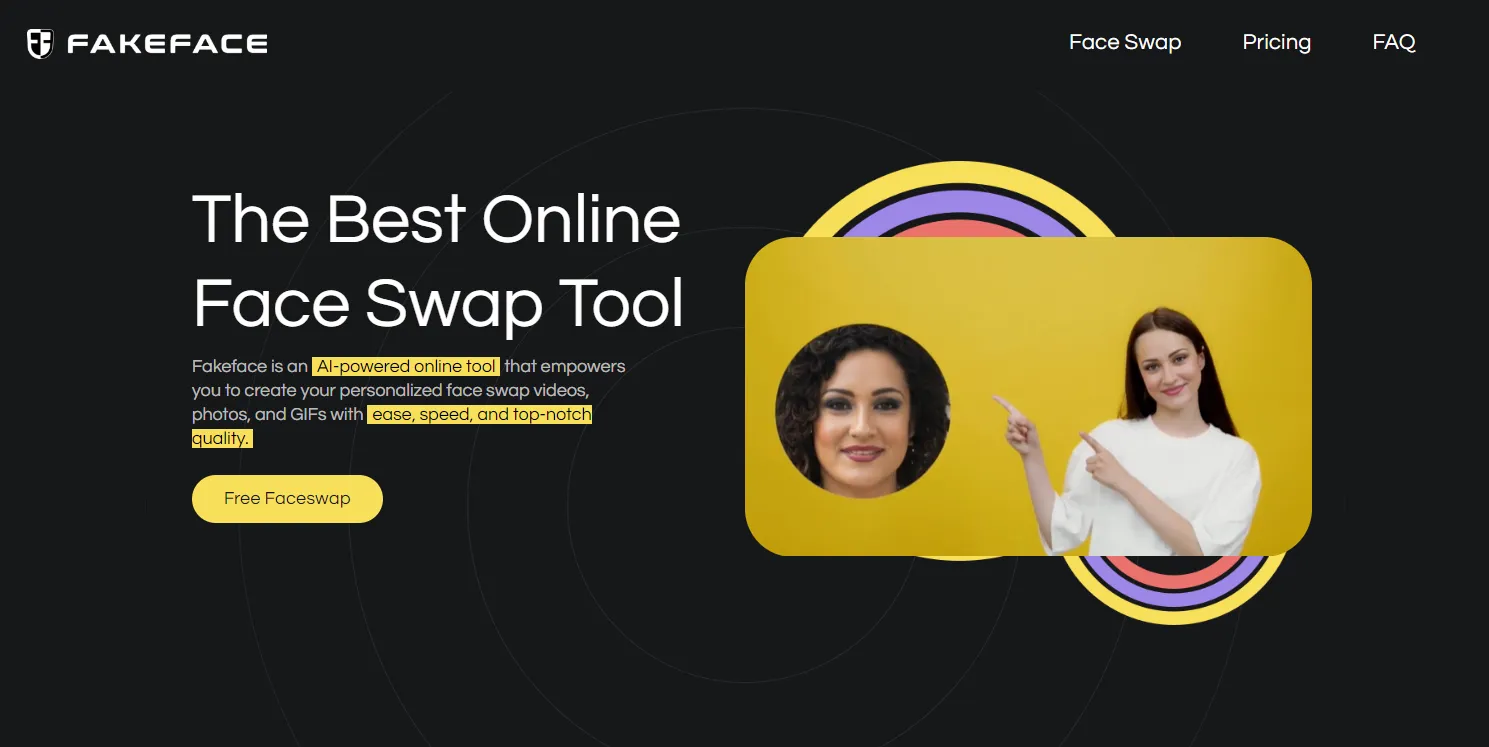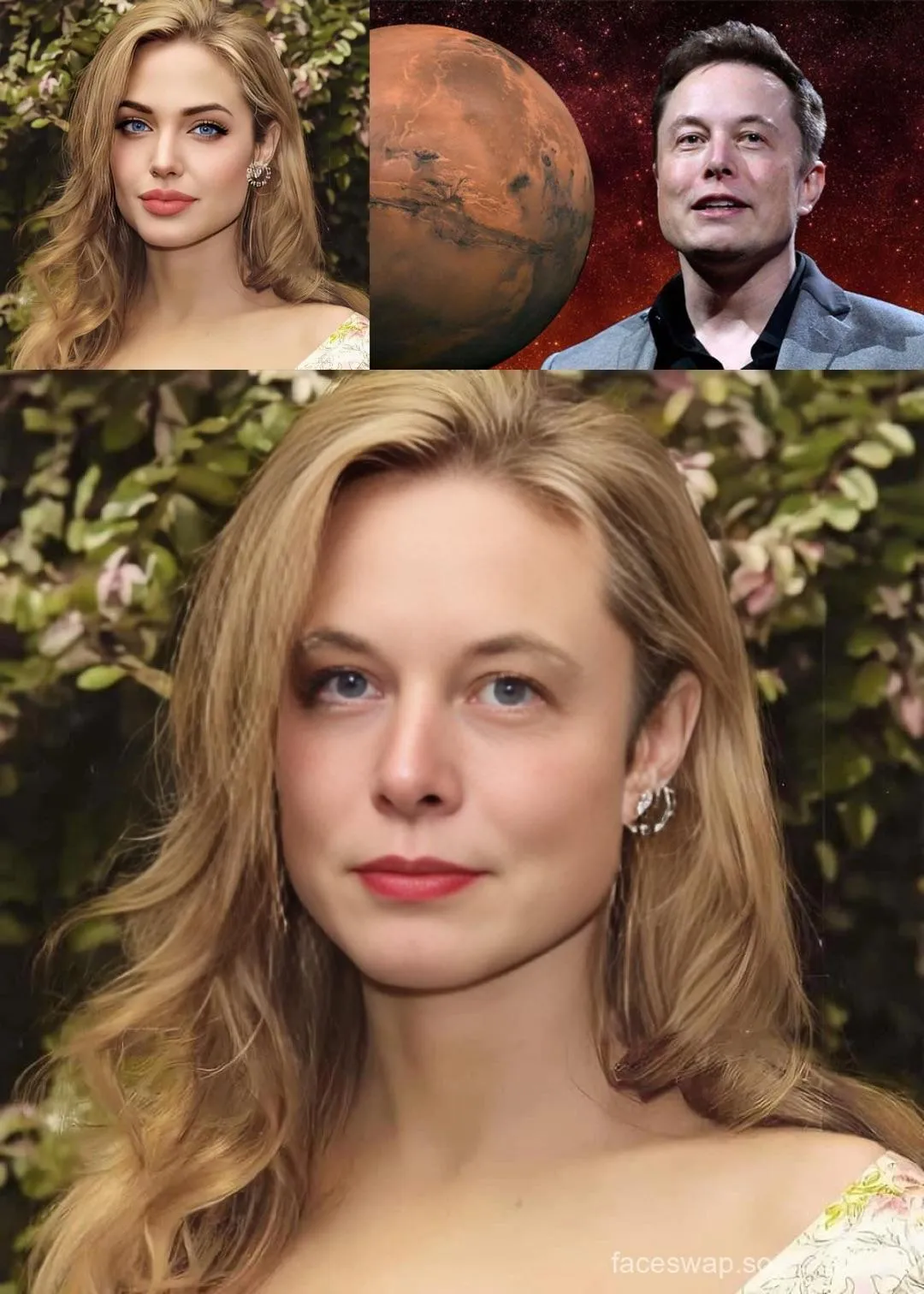angelina jolie celebrity deepfakes
Regarding "Angelina Jolie's celebrity deepfake content", this topic involves artificial intelligence technology and the protection of celebrity portrait rights.

- Alexander Reed
- 4 min read

 Angelina Jolie has been a popular target for deepfakes, a technique that uses artificial intelligence to generate highly realistic fictional videos or images. Here is a summary of the impact of deepfakes on celebrities like Jolie and their wider impact:
Angelina Jolie has been a popular target for deepfakes, a technique that uses artificial intelligence to generate highly realistic fictional videos or images. Here is a summary of the impact of deepfakes on celebrities like Jolie and their wider impact:
Overview of Deepfakes
Technical Principles: Deepfakes rely on machine learning algorithms, particularly generative adversarial networks (GANs), to create videos or images that convincingly alter a person’s image. This may include superimposing a celebrity’s face onto someone else’s body, or generating synthetic speech and movements.
Impact Analysis:
- Privacy Concerns: Celebrities like Angelina Jolie are at risk of privacy violations because deepfakes could use their images for unauthorized purposes.
- Disinformation: Deepfake technology can be used to spread false information or create misleading narratives.
- Reputational Damage: Even well-known people can suffer reputational damage from manipulated content that appears to be authentic.
Monitoring and Response
Detection Technologies: Several tools and techniques are being developed to identify deepfakes. These methods include analyzing inconsistencies in videos or using artificial intelligence to identify synthetic media.
Legal and ethical considerations:
Some jurisdictions are considering or implementing laws to address the misuse of deepfake technology, particularly for harassment or defamation. Ethical discussions focus on how to balance the benefits of advances in AI with the protection of individual rights.
 Protective measures
Protective measures
Public awareness: Raising public awareness of the existence of deepfakes and their risks can help people more critically evaluate the media content they are exposed to.
Technical solutions: Advances in AI for deepfake detection and verification are critical to combating abuse.
Legal avenues: Celebrities or individuals can seek legal remedies if deepfakes violate their rights or cause harm.
While Angelina Jolie and other celebrities have been targeted by deepfakes due to their high profile, the broader challenges posed by this technology affect multiple aspects of digital media and personal privacy.
Regarding “Angelina Jolie’s celebrity deepfake content”, this topic involves artificial intelligence technology and the protection of celebrity portrait rights. The following is an in-depth analysis of this issue:
Overview of deepfake technology Deepfake technology (Deepfake) is a technology that uses deep learning algorithms, especially generative adversarial networks (GANs), to generate or modify audio and video content. It can achieve extremely realistic face-changing, voice simulation and video generation effects, making it difficult for viewers to distinguish the authenticity with the naked eye. In recent years, this technology has developed rapidly, causing widespread attention and controversy.
Angelina Jolie and deepfake As a famous Hollywood actress, Angelina Jolie’s image and likeness are very likely to become the target of deepfake technology. Due to her high profile and wide influence, her facial features, voice and performance style may be used to create false audio and video content. These contents may involve pornography, spoofs or other improper uses, thereby damaging Angelina Jolie’s reputation and image.
The harm of deepfake content
Infringement of portrait rights: Deepfake technology uses celebrity portraits without authorization, infringing their portrait rights. This infringement not only harms the personal interests of celebrities, but also undermines social fairness and justice.
Spreading false information: Deep fake content is often fake and can easily mislead the public and spread false information. This may lead to a crisis of social trust and affect social stability and harmony.
Pornography and bad content: Some deep fake content is mainly pornographic or for improper purposes. These contents not only violate social morality and laws and regulations, but may also have a negative impact on young people.
IV. Countermeasures
- Strengthen the construction of laws and regulations: Improve relevant laws and regulations, clarify the scope and restrictions of deep fake technology, and increase the crackdown on infringement.
- Improve technical prevention capabilities: Strengthen technical research and development, improve the detection and identification capabilities of deep fake content, and reduce the spread of false information.
- Strengthen public education: Enhance the public’s awareness and vigilance of deep fake technology, enhance self-protection awareness, and avoid being misled by false information.
V. Conclusion As a well-known Hollywood actress, Angelina Jolie’s portrait and image may become the target of deep fake technology. Although this technology has certain application value, it also brings serious harm. Therefore, we need to strengthen laws and regulations, enhance technical prevention capabilities, and strengthen public education to jointly respond to the challenges brought by deep fake technology.
- Tags:
- Angelina Jolie